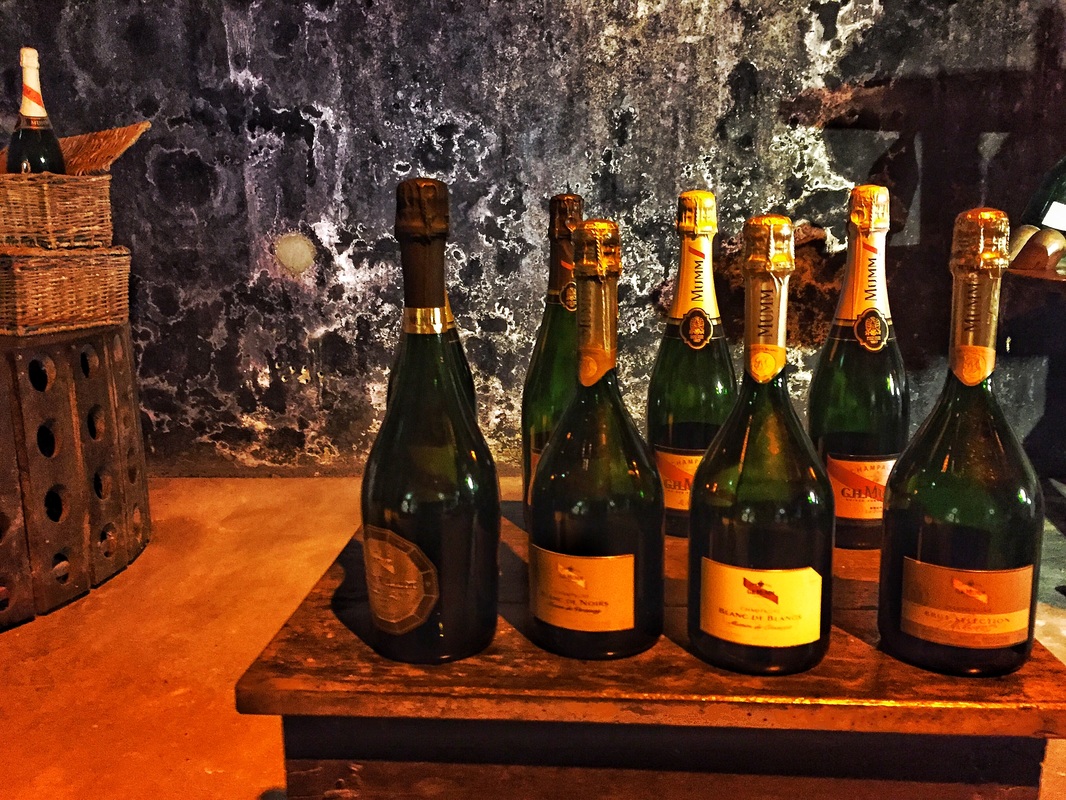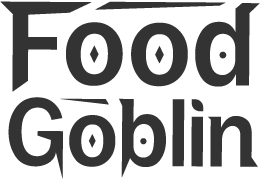I think we can all universally agree that there’s little nicer than settling down somewhere scenic with a glass of crisp, chilled champagne. It’s the world’s favourite sparkling wine and is synonymous with all things luxury, celebration and, d’accord, romance. But where on EARTH does it come from and exactly how is it made? I had a vague idea, if vague means ‘not a bloody clue’. So when I was invited by Mumm and Perrier-Jouet Champagne Houses to come over to the Champagne region in France and see for myself, as soon as I could spit the words ‘oui oui’ out I was packed on the Eurostar and on my way.
First things first, I discovered that Champagne is super easy to get to. It’s a hop onto the Eurostarfrom St Pancras to Paris Gare du Nord, a short walk to Gare de l’Est and then onto a regional train to Reims or Epernay, or any of the other towns in Champagne. Accommodation options are numerous, both price conscious and high end. It’s so easy, it would be almost rude not to.
Second things….second, I discovered a whole lot more. Most champagne houses do a tour where you can come and learn more about your favourite tipples. We visited Mumm first – my next post will chat about Perrier-Jouet.
 Mumm is a massive house. It’s the third largest in the world in fact and the official sponsor of Formula One – it’s always a Mumm bottle you see being shaken on the podium by winners. It dates back to 1827, where it was founded by three brothers. You’d expect, accordingly, its site to be as grand and you would not be disappointed; it sprawls in well maintained, clean white splendour. It beams prestige.
Mumm is a massive house. It’s the third largest in the world in fact and the official sponsor of Formula One – it’s always a Mumm bottle you see being shaken on the podium by winners. It dates back to 1827, where it was founded by three brothers. You’d expect, accordingly, its site to be as grand and you would not be disappointed; it sprawls in well maintained, clean white splendour. It beams prestige.
Here we were met by a Mumm tour guide and escorted down what felt like flights of stairs and into their cellars, 14 metres below the ground. The world cellars might conjure images of gloom and damp, and you’d be right with the latter – it’s 90% humidity down there – but these are no abandoned basements. These cellar networks run for 25km and are the backbone of Mumm champagne production. Here the champagne is stored in its bottles to ferment and age, sometimes for decades.
 …Let’s backtrack now talk a little about how champagne is initially made and how it made it to these bottles. First, come grapes. A lot of them too, to feed the Mumm machine! 3 main grape types are used: Pinot Noir, Pinot Meunier and Chardonnay. The areas these are grown are graded according to quality, from Grand Crus, followed (in descending order of quality) by Premier Crus and autres vignobles. You can imagine that Mumm has a high proportion of the former-most class. After being picked (by hand) during the harvest season, pressed and fermented into a still wine or ‘cuvee’. These are then blended in a process called ‘assemblage’, according to the house’s style. In Mumm’s case they favour freshness and elegance.
…Let’s backtrack now talk a little about how champagne is initially made and how it made it to these bottles. First, come grapes. A lot of them too, to feed the Mumm machine! 3 main grape types are used: Pinot Noir, Pinot Meunier and Chardonnay. The areas these are grown are graded according to quality, from Grand Crus, followed (in descending order of quality) by Premier Crus and autres vignobles. You can imagine that Mumm has a high proportion of the former-most class. After being picked (by hand) during the harvest season, pressed and fermented into a still wine or ‘cuvee’. These are then blended in a process called ‘assemblage’, according to the house’s style. In Mumm’s case they favour freshness and elegance.
I had the chance with Mumm to taste these still wines that go into their master blends. Crazily, the variance in these wines, even those made by the same grape and in the same region, is striking. Even such a small variance as being grown on one side of a vineyard, vs. another, causes a marked difference in flavour. That’s before we even get onto the subject of vintages. Grapes taste different even grown on the same land over time; weather changes, soil changes and each alteration results in an evolving final still wine. It is the Master Blender’s role to marry these mind boggling myriad of still wines and produce a consistent flavour, year after year.
 Next…the essence of champagne making: the methode champagnoise or second fermentation
Next…the essence of champagne making: the methode champagnoise or second fermentation process. Here yeast and sugar is added and the mixture is sealed in a bottle with a metal cap – like the one a beer. This bottle is placed in a cellar to ferment, producing alcohol and carbon dioxide – that famous champagne fizz. Here is where we rejoin me on my tour, 5 years later; the minimum ageing time for non-vintage Mumm champagne.
process. Here yeast and sugar is added and the mixture is sealed in a bottle with a metal cap – like the one a beer. This bottle is placed in a cellar to ferment, producing alcohol and carbon dioxide – that famous champagne fizz. Here is where we rejoin me on my tour, 5 years later; the minimum ageing time for non-vintage Mumm champagne.
The cellars here are laid out and managed methodically. They have to be – they store 25 million bottles here, including some dating back to 1893! Each bottle has to be individually turned, in an exhausting sounding process called ‘riddling’, to move sediment down into the neck of the bottle. The finer prestige bottles are all still done by hand (tens of thousands a day!).
After this, the sediment is removed by freezing the neck and popping out the unwanted bit (disgorging), sugar (the dosage) is added, and the bottle is corked, ready to serve.
Talking of serving, at this point I was gasping for a drink of said champagne, tantalised with the sight of so many thousands of rows of bottles lying in wait for my eager gulping. The team at Mumm piled us into a taxi and took us to our dinner destination. This turned out to be a very special one indeed: a Mumm owned old, refurbished windmill on the top of a hill, surrounded by their vines. Here in this most elegant of surroundings we enjoyed a fine dining meal, designed to trick our group which was mostly made up of food writers. We weren’t told what was in each course, but were tasked with working out its components. Think offal served with coal, or a mousse of fish, served on top of a nest of ivy leaves. The highlight of the evening was, of course, the washings downs of copious champagnes, and the chance to learn how to uncork a bottle with a sword. Niamh from Eat Like a Girl gamely gave this one a crack and made it seem as easy as peasy.
 My favourite of the champagnes came in their Rose pour; a delight of salmon pink bubbles, exploding with vanilla, cherry and strawberry. It paired really well with our fruity dessert and made me think of summer on a sun baked terrace, somewhere warmer than London. The Blanc de Blancs takes some beating too – lush notes of flower and lemon, with a fine, creamy mousse distinctive, I’m told, to Mumm.
My favourite of the champagnes came in their Rose pour; a delight of salmon pink bubbles, exploding with vanilla, cherry and strawberry. It paired really well with our fruity dessert and made me think of summer on a sun baked terrace, somewhere warmer than London. The Blanc de Blancs takes some beating too – lush notes of flower and lemon, with a fine, creamy mousse distinctive, I’m told, to Mumm.
I left the meal feeling stuffed with food, champagne and information. Mumm is undoubtedly one of the finest champagne houses in the world and it was a fantastic place to start my champagne journey in France. Next: on to Perrier-Jouet, my personal favourite and the ‘most beautiful champagne bottle in the world’.
 34 Rue du Champ de Mars, 51100 Reims, France
34 Rue du Champ de Mars, 51100 Reims, France
+33 326 495970www.mumm.com/en
Mumm tours begin at circa. £16, booked via their website: www.mumm.com/en-gb/drink-mumm/book-visit




